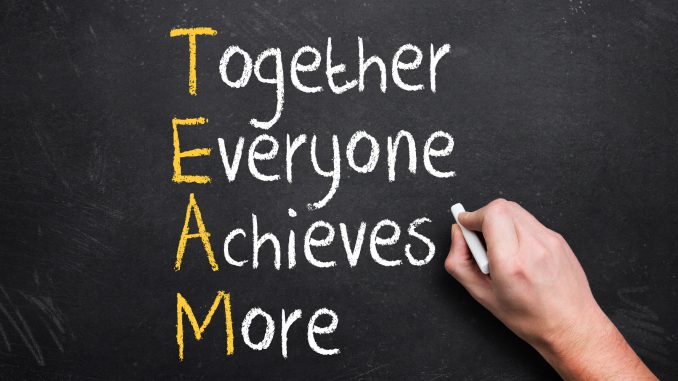As Michelle Bostian, the head of our counseling department, and I have been preparing to teach a leadership class with 12 of our employees, I’ve
been doing a lot of reading on new trends in leadership. One article that I found particularly engaging is a white paper on the future of leadership produced
by the Center for Creative Leadership or CCL.
With so much more complexity, CCL reports that the
challenges leaders are facing go beyond their individual skills and that
today’s leaders are finding that they are relying much more frequently on
interdependent work across boundaries along with a greater reliance on teamwork
and collaboration.
 The White Paper points out that leaders of the future will need to focus more on participative management, building and mending relationships and managing change in a more volatile and ambiguous environment. It also emphasizes that the concept of leadership is moving from being regarded as a defined position to a more collective concept that is developed throughout the organization through interdependent decision making.
The White Paper points out that leaders of the future will need to focus more on participative management, building and mending relationships and managing change in a more volatile and ambiguous environment. It also emphasizes that the concept of leadership is moving from being regarded as a defined position to a more collective concept that is developed throughout the organization through interdependent decision making.
Bottom line results will continue to be critical in any
leader’s work, but the days of the heroic leader who steps into the room and
takes over are numbered. The job of today’s leader is to create space for
others where a sense of safety permeates the culture and people can generate new
and novel ideas; where seemingly different departments and people can come
together to share their thoughts; a place where people can feel that they can
affect outcomes, be more productive and accomplish more than they could alone.
Leaders in the new organizational cultures will be more effective and employees
more satisfied as decisions and innovation are achieved through teamwork and collaboration.
In order to be more effective, leaders will need to learn
how to develop teams, teach the skills of collaboration, value employees, and
create safe environments where ideas and innovation can flourish. The days of work just for
pay, firm hierarchies and factory line thinking are over. For leaders and their organizations to be successful today and into the future, they must embrace the talents of people across their divisions and adopt new skills and innovative ways of thinking and leading.